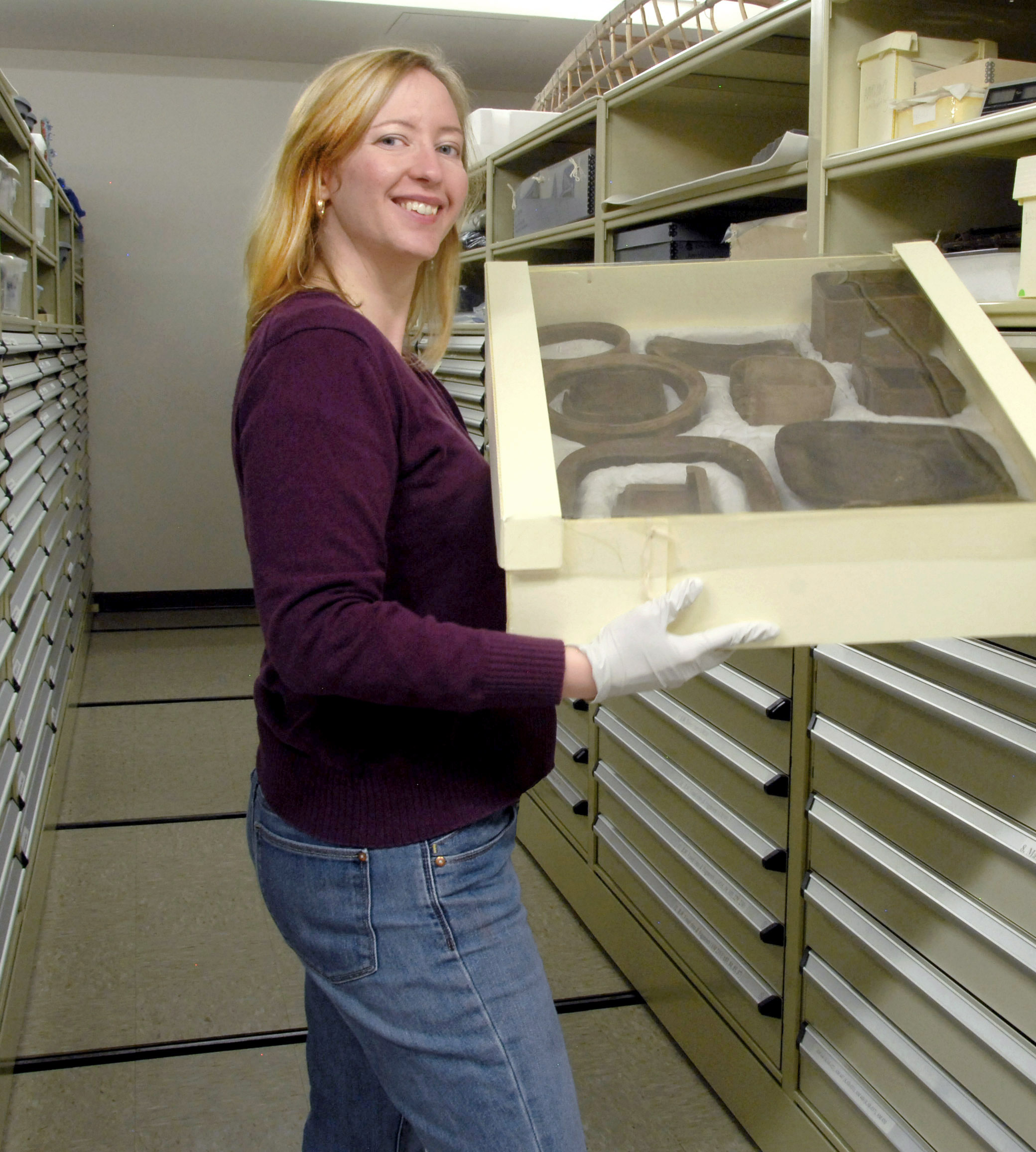By Marnie Leist
This post was written by a recipient of a Wanda Chin Scholarship to attended the 2013 Annual Meeting
“So, how did I do when I asked for that donation?” “What types of charities do you support – museums, churches, social service organizations?” “Why do you support our museum?” “What made you decide to give to our museum?” These are questions we don’t often get to ask our donors! The Western Museums Association (WMA) 2013 Annual Meeting session “Motivated for Giving: Donors Talking About Philanthropy” provided an opportunity to hear donor’s opinions, honest appraisals of the ways we ask for their support. The panelists included three donors: a foundation representative and two independent donors. From beginning to end, the session enlightened participants about how to connect to a donor, sharing the dos and don’ts of asking for contributions, the importance of providing compelling information, the need to sustain relationships with donors, and the importance of following up – sharing project results with the people who made the work possible. First, get to know a potential donor. Learn who they are, why they give, and how they want to be approached and involved. Each donor has a different way they want to be asked. Some do not want letters and would prefer a phone call. Others really think the lunch meeting is essential. Foundations and granting organizations want you to follow their established rules for making requests. In short, know your potential donor’s expectations. Once you establish a relationship and it’s time for “the ask,” present a plan with clear goals and a process for success. It is not only important to connect to a donor’s passions and provide a good reason for their gift, but to offer a solid foundation. Prove that it is sensible for them to contribute. Address who will be impacted by your project, demonstrate that your organization has strong leadership, show that the organization is sustainable, and illustrate how the sources of funds for your project are diversified. Donors often want to know who else is contributing. Moreover, be clear about the amount of your request, how it will be used, and what their role as a donor will be. A donation does not provide a donor control of your project, but it should require accountability. Make sure the relationship is defined. Next, report back to your donors. Invite them to see, if not participate, in the process and the outcome, so the impact of their contribution is evident. They are giving to make a difference so provide them with an opportunity to join in your project. Help them see the transformation and provide them with information showing the results. And finally, don’t forget good manners. Thank your donors. Personally thank them. Participating in this year’s WMA Annual Meeting as a Wanda Chin Scholarship recipient has benefited my personal professional goals. While I have a strong foundation in museum studies and years of volunteer work in small museums, the sessions on philanthropy and strategic planning have expanded my knowledge of these areas of museum work. Also, many of the topics being addressed at this year’s conference also related directly to my current responsibilities. Specifically, the museum will be expanding and reorganizing collections storage in 2014 and being able to hear from my fellow colleagues about their collection moves was invaluable. I learned lessons about the use of too much tape to what to do when the new HVAC design inadvertently affected collections storage. Additionally, attending WMA meetings has helped build professional relationships that over the years have been instrumental in the successful completion of much of my work. I am able to consult with colleagues and I have avenues to share my expertise with others. The Wanda Chin Professional Development Support Fund helps support travel and registration for Western Museums Association members and students. The Fund is underwritten by a Silent Auction in the Exhibit Hall of each Annual Meeting. Thank you to all donors and purchasers who have supported both the Fund and professional development it makes possible. For more information, please click here. Marnie Leist joined the Alutiiq Museum’s staff as Registrar in 2005. She holds a Master of Arts in Art History and a graduate certificate in Museum Studies from the University of Cincinnati. At the Alutiiq Museum, Leist manages the organization’s large, diverse collections, leads special collections projects, and serves as the coordinator of the Island-wide Alutiiq/Sugpiaq Repatriation Commission. Currently, Leist’s major contribution is her work with the Karluk One collection, a 500 year-old archeological collection with remarkable organic preservation. Over the past three years, she has rehoused the collection, created a 650-page digital catalog documenting over 26,000 objects, photographed objects, and is now working on the book Kalunek – From Karluk. Leist is also an active volunteer and a potter. She was a recipient of a 2013 Wanda Chin Scholarship to the Western Museums Association 2013 Conference in Salt Lake City, Utah.









Comments
When it comes to donations unfortuanately Museums are at the end of list. If people only knew how important museums are and role they paly in culture or science
Add new comment